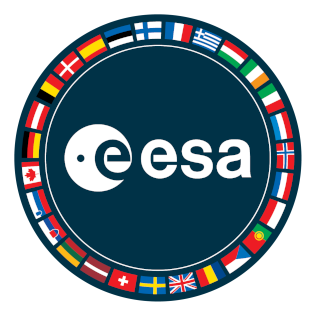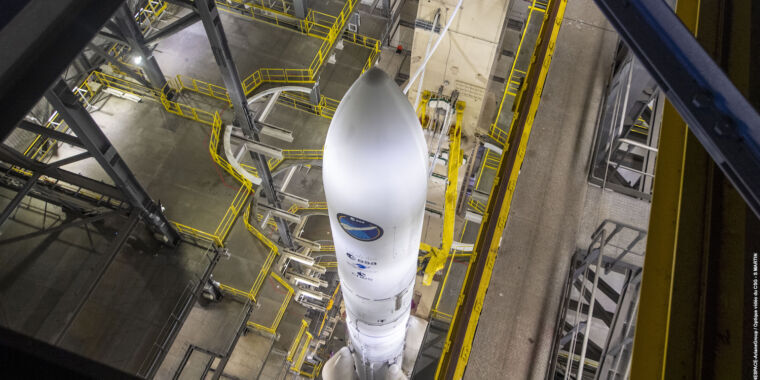- cross-posted to:
- [email protected]
- cross-posted to:
- [email protected]
Highlights:
Representatives from 22 European countries reached an agreement Monday to change the way the continent’s rockets are developed, moving from a government-driven approach to a commercial paradigm that appears to be modeled after how NASA and the US military do business.
The agreement means the new Ariane 6 rocket, which is running four years late and still hasn’t flown, should be the last launch vehicle developed by ESA. Europe’s old way of developing rockets just isn’t working anymore. The current model, Aschbacher said, has been in place for decades, producing new generations of Ariane rockets since 1979.
Next year, ESA will open a competition to any European company working in the launch business. These companies can submit proposals to ESA through what the agency calls a “challenge” initiative. ESA will select several companies, perhaps up to three, for public funding that will come in the form of commercial service contracts, similar to how NASA works with contractors like SpaceX or United Launch Alliance in the launch arena.
“It will be one, two, or three, that we will develop in a competition,” said Toni Tolker-Nielsen, acting director of space transportation at ESA. “Perhaps later it will funnel down to two. We shall see how it goes.”
The field of startup launch companies in Europe includes German firms like HyImpulse, Rocket Factory Augsburg, and Isar Aerospace; British companies such as Skyrora and Orbex; and Spain’s PLD Space, which recently test-launched its first suborbital test vehicle. ArianeGroup has its own small launch startup called MaiaSpace in France, and the Italian company has plans to evolve its already-flying Vega launch vehicle. All these companies, and others across Europe, would be eligible for ESA’s new launch challenge.
The rest of the article gives a fairly detailed overview of the technical and geopolitical issues with current European launch vehicles, the decision to switch to commercial vehicles, and possible future to European crewed vehicles.


